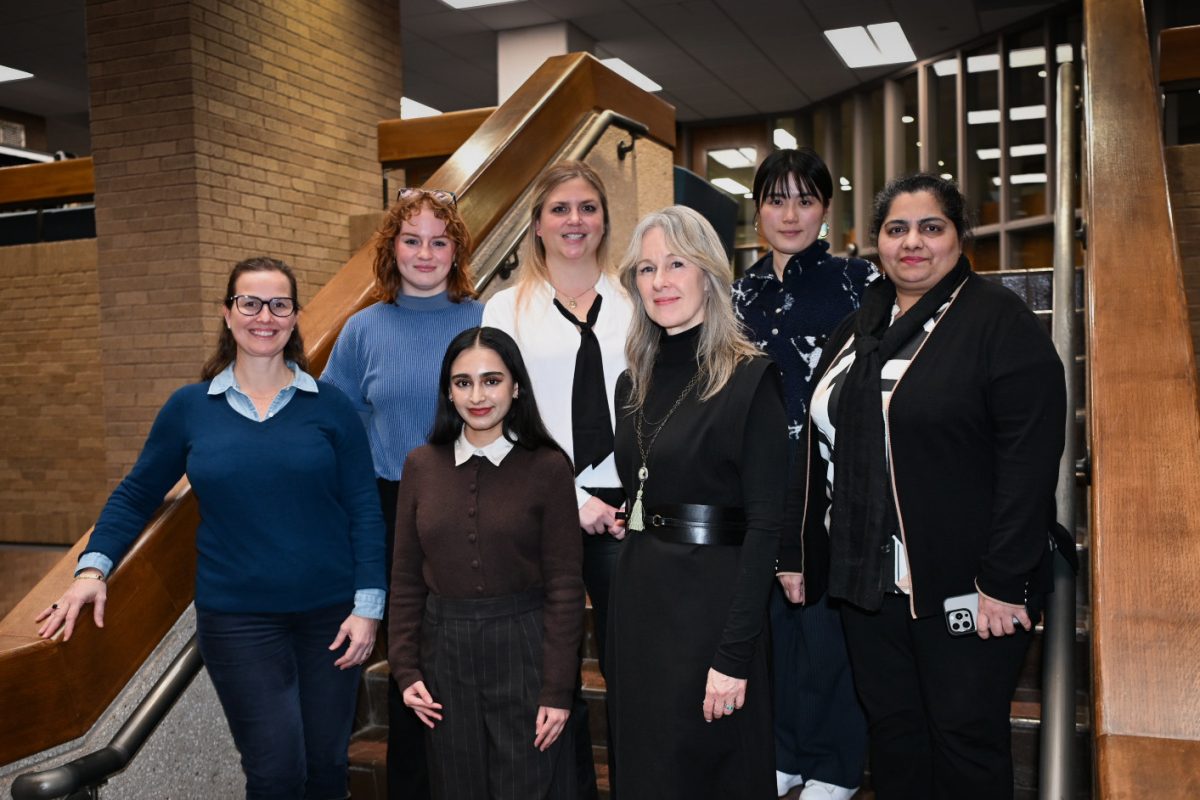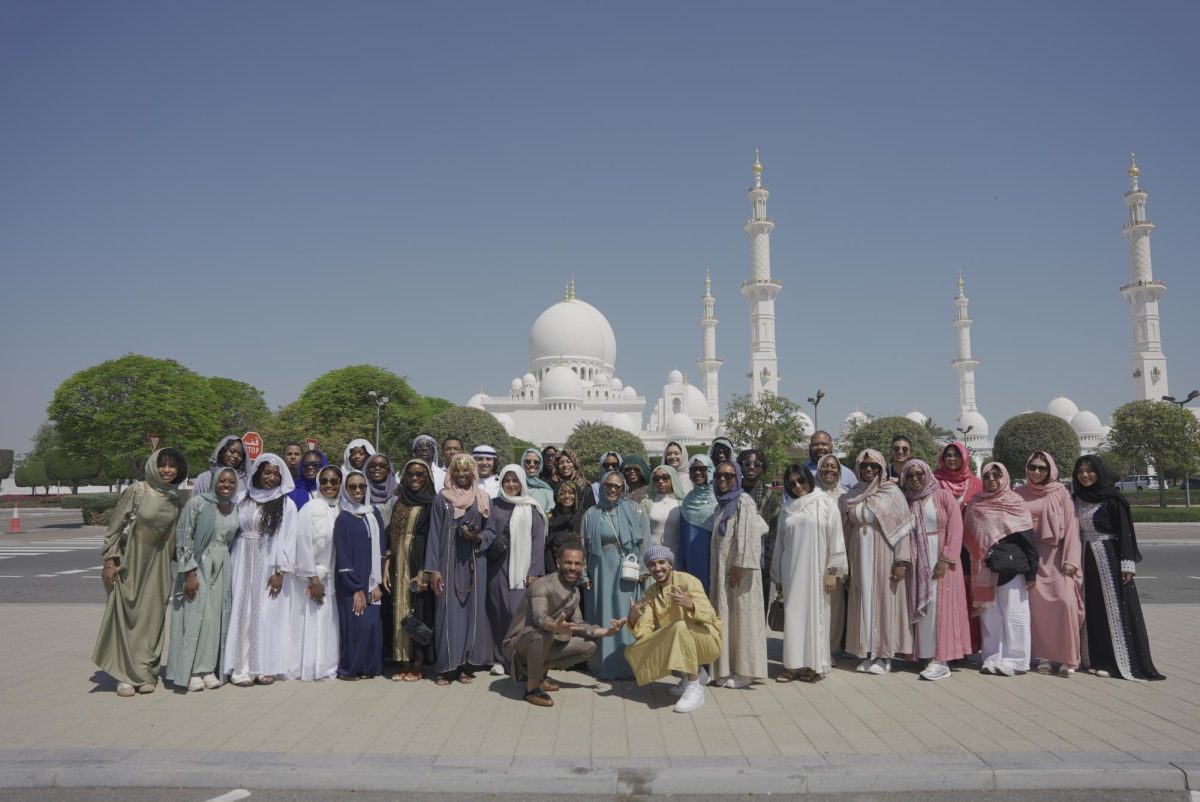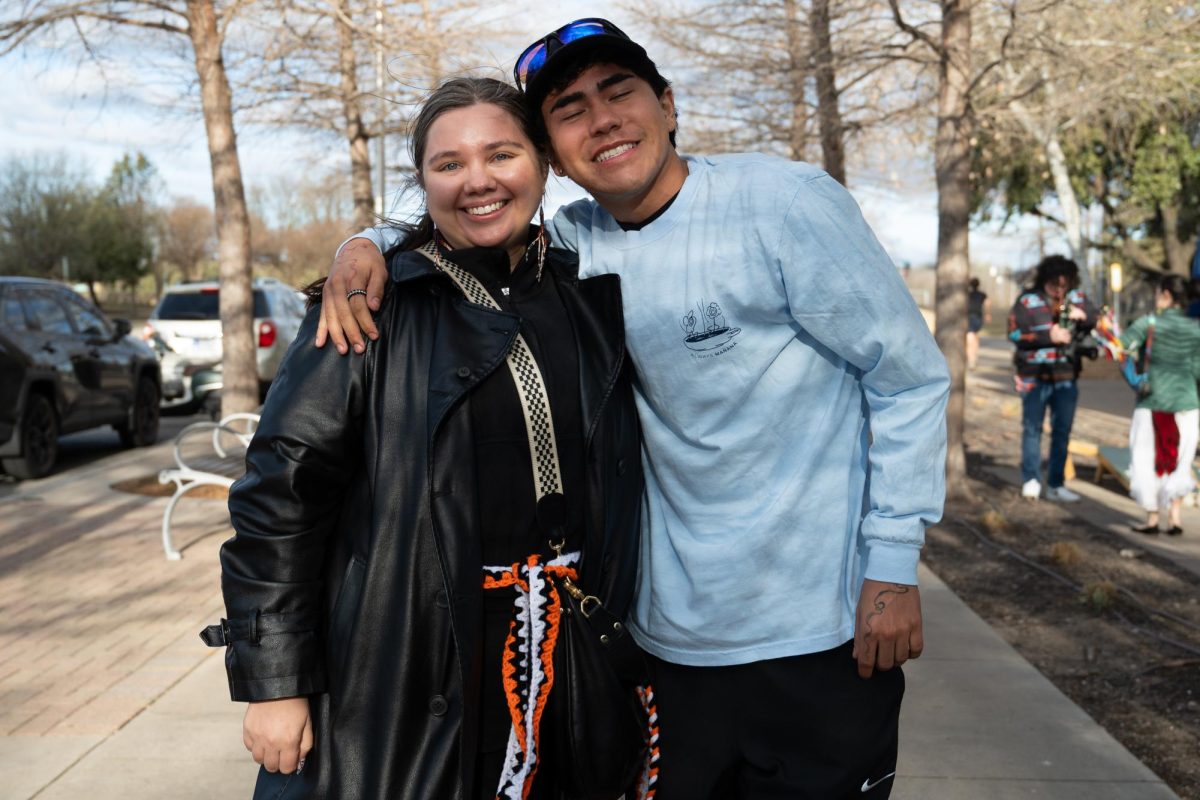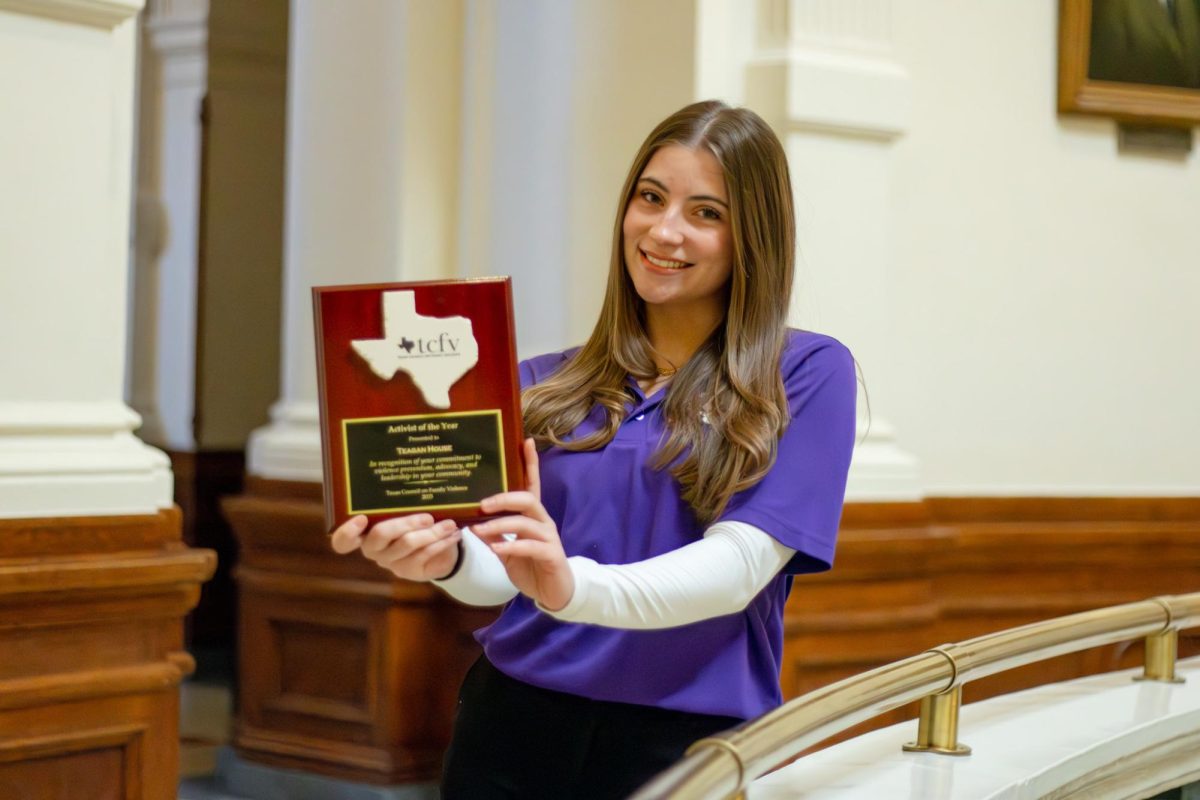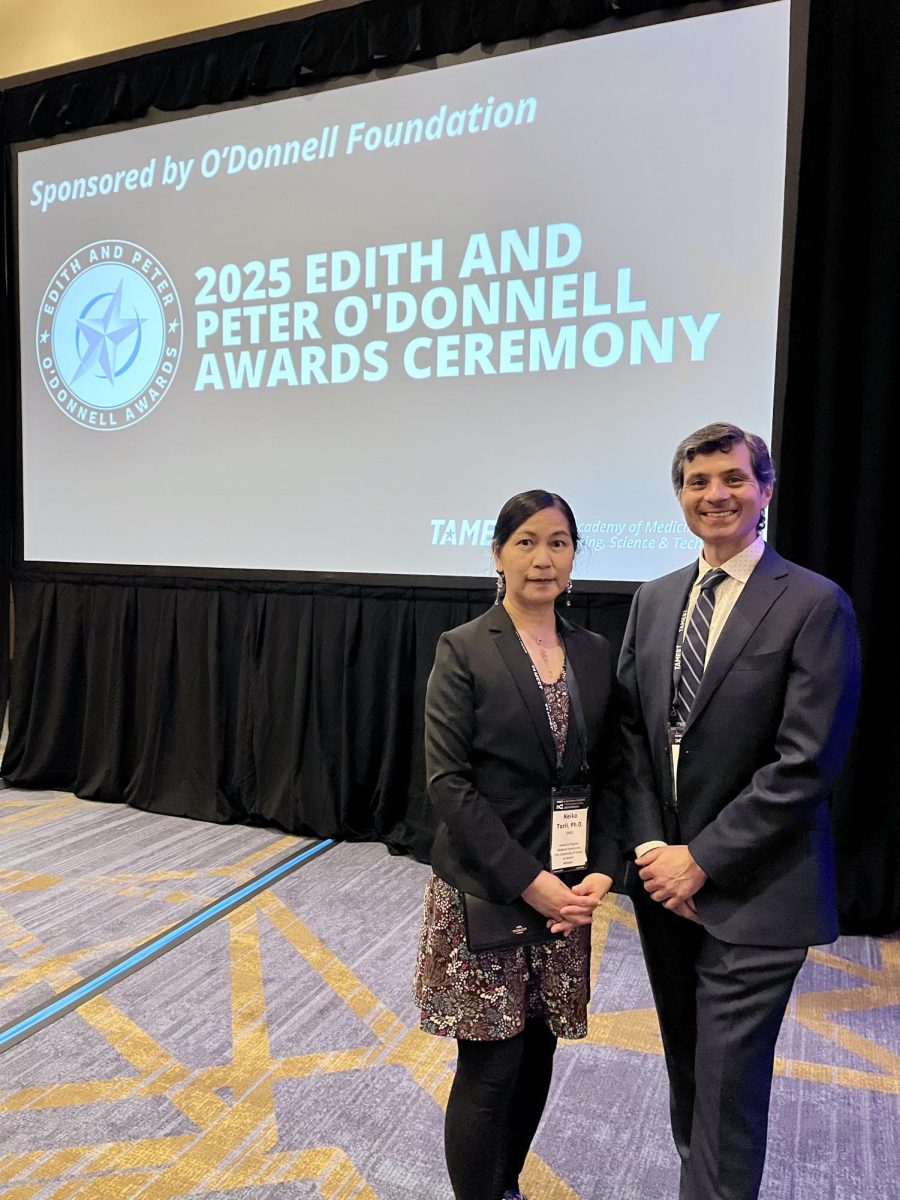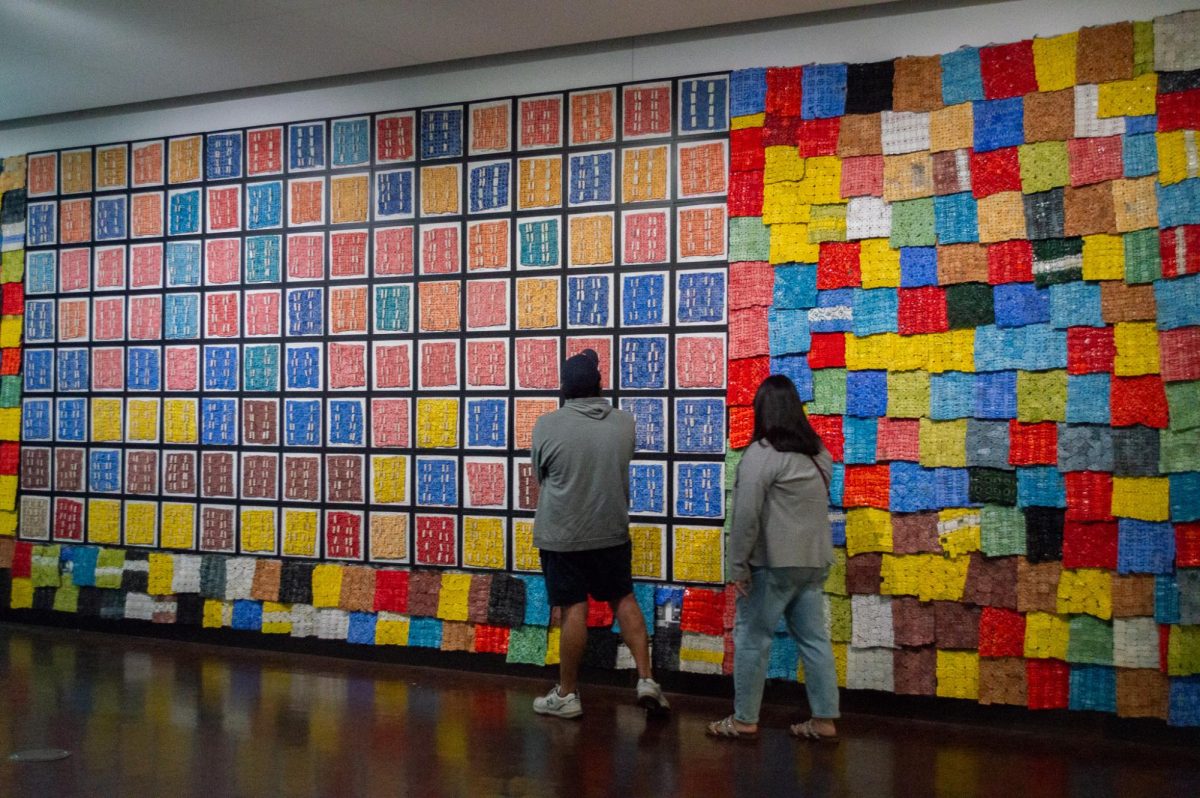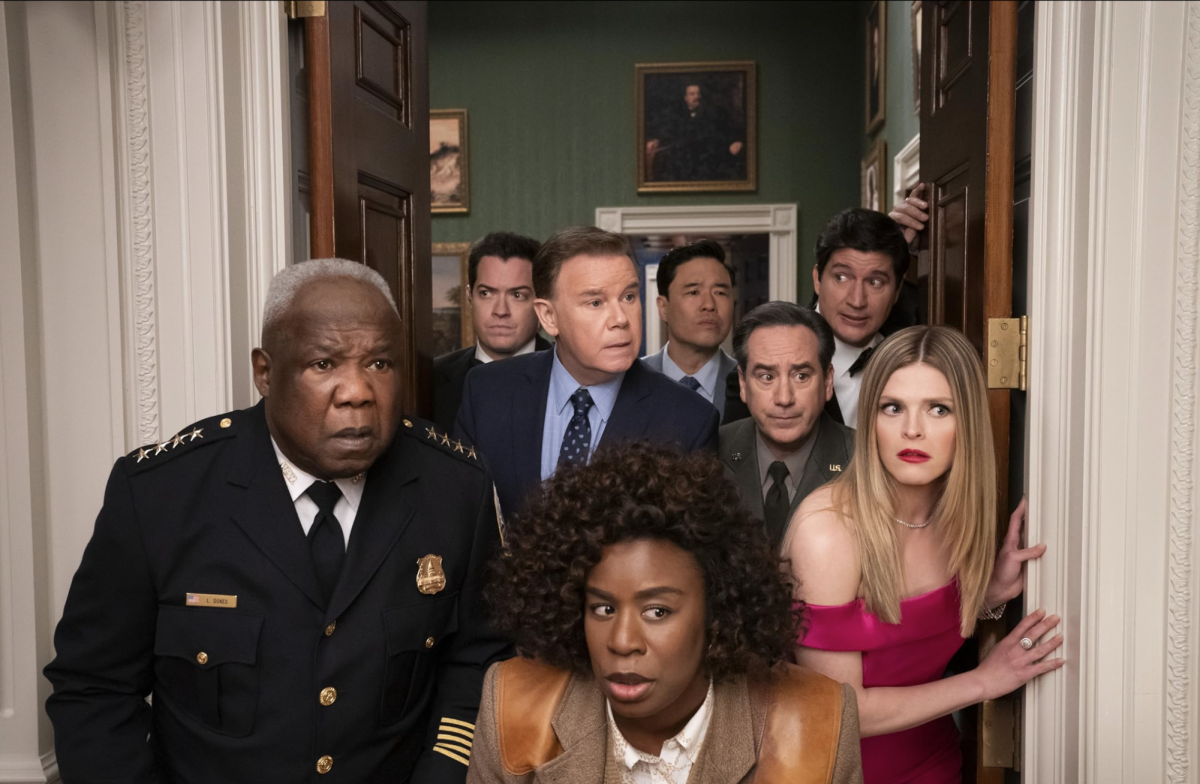When an antique dealer bought an ancient Roman bust for $35 from a Goodwill on Far West Boulevard in 2018, UT’s Antiquities Action was one of the first groups to see it up close.
The group of students, faculty and staff dedicated to raising awareness about the destruction of and crimes against antiquities celebrated their 10-year anniversary with a symposium in the E. William Doty Fine Arts Building on Saturday. The symposium focused on cultural heritage in conflict zones, honoring the organization’s origins. Stephennie Mulder, Antiquities Action’s faculty co-advisor, founded the group as a call to action after ISIS attacks demolished historic sites in Iraq and Syria in 2014.
“If you disregard people’s heritage, you’re disregarding what makes them human,” said Mulder, an art history associate professor. “Disregarding the objects that define their lives in this world.”
Organized largely by graduate co-chairs and art history graduate students Kearstin Jacobson and Izzah Khan, the symposium consisted of 11 speakers from across the globe, some of whom discussed the importance of local communities’ involvement in protecting their own heritage. Anwar Mahagoub Ali Mohamed, a University of Michigan master’s student who discussed combatting looting in Sudan, said supporting heritage protection and education is a way of supporting people and their country.
“I do not see this question as a choosing between supporting people or supporting heritage,” Mohamed said during the symposium. “By working through heritage, we can protect sites and also support people.”
Mulder said Antiquities Action does not limit their initiatives to distant regions, underscoring its local and national efforts. In 2017, they petitioned and organized to successfully preserve the Fine Arts Library’s contents, which UT had planned to move to a remote storage unit.
“In the future, people will look back to Austin and reconstruct a history that might not include all the people and perspectives,” said Astrid Runggaldier, Antiquities Action faculty co-advisor. “(Its history) will only be whatever remains visible or what’s been documented.”
Runggaldier, an art history associate professor of instruction, said most museums usually acknowledge an object’s history of ownership, but they seldom detail where an object was found or its journey to the museum. Mulder said reasons for the omission of origins may be that some antiquities’ histories include looting or trafficking, violating country restrictions or international treaties like UNESCO 1970. In the case of the Roman bust, the San Antonio Museum of Art displayed the sculpture alongside its unlikely story for a year before its repatriation to Germany.
“That’s why it’s important to repatriate and do the research that connects it up to the records of collections that were dispersed,” Runggaldier said.
Runggaldier said she looks to this anniversary as a reminder of the urgency to continue advocating for cultural preservation, both locally and in countries experiencing unrest.
“It doesn’t just take care of itself,” Runggaldier said. “It still is a very fragile ecosystem that requires really deliberate involvement.”

